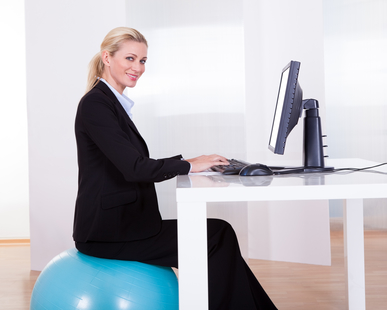Exercise and Wellness and Their Role in Injury Reduction and Prevention
For many exercise professionals, the goal of training and educating clients is to improve health, increase strength and performance, and improve fitness parameters. The concept of reducing injuries may not be high on their radar screens.








 A
A  Schedule break time and recess
Schedule break time and recess

